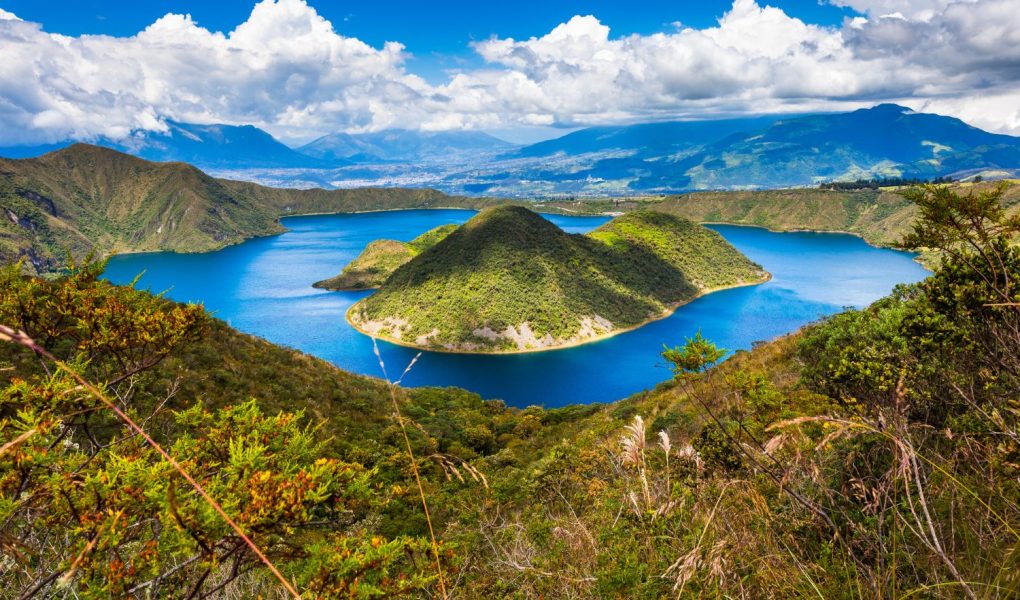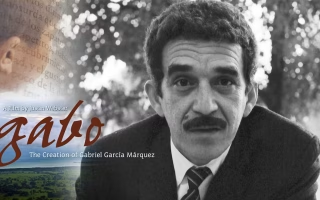lotusyouthcouncil.com – Ecuador, a country rich in natural resources and biodiversity, faces a complex economic landscape characterized by both challenges and opportunities. The economy, which is the eighth largest in Latin America and ranks 69th globally, is heavily dependent on the export of oil, bananas, shrimp, and other primary agricultural products, as well as remittances from emigrants abroad.
Economic Structure and Dependence
Ecuador’s economy is structured around primary industries such as agriculture, petroleum, and aquaculture. The country is the world’s largest exporter of bananas and a significant exporter of shrimp. However, this reliance on primary commodities makes the economy vulnerable to fluctuations in global prices and market demand.
Recent Economic Performance
In recent years, Ecuador has experienced a slowdown in economic growth, largely due to increased insecurity, disruptions in oil production, climate-related events, and political uncertainty. The economy has been further strained by liquidity constraints and a large financing shortfall, exacerbated by the COVID-19 pandemic and the ongoing impacts of the global economic slowdown.
Government Initiatives and Challenges
The government has implemented several measures to address these challenges, including increasing the VAT rate, revoking the phased reduction of the Capital Exit Tax, and bolstering the tourism industry to attract foreign investment. However, these efforts face significant hurdles, such as widespread market intervention, limited competition, and rigid labor regulations, which hinder formal job creation and private investment.
External Factors and Risks
Ecuador’s economy is also exposed to external risks, including the slowdown of major economies, declining commodity prices, and high international interest rates. Additionally, the country is vulnerable to climate-related disasters, such as El Niño and La Niña, which can have severe economic impacts.
Future Prospects and Structural Reforms
For Ecuador to achieve sustainable growth and reduce its vulnerability, structural reforms are essential. This includes reducing the public sector’s dependence on the oil sector, enhancing productivity, and diversifying exports. The country also needs to address the structural barriers that hinder formal job creation and private investment.
Conclusion
Ecuador’s economic landscape is marked by significant challenges but also holds considerable potential. By addressing its structural weaknesses and leveraging its natural resources and human capital, Ecuador can achieve a more stable and prosperous economy. The path forward requires a concerted effort from both the government and the private sector to implement comprehensive reforms and policies that foster growth and resilience.




